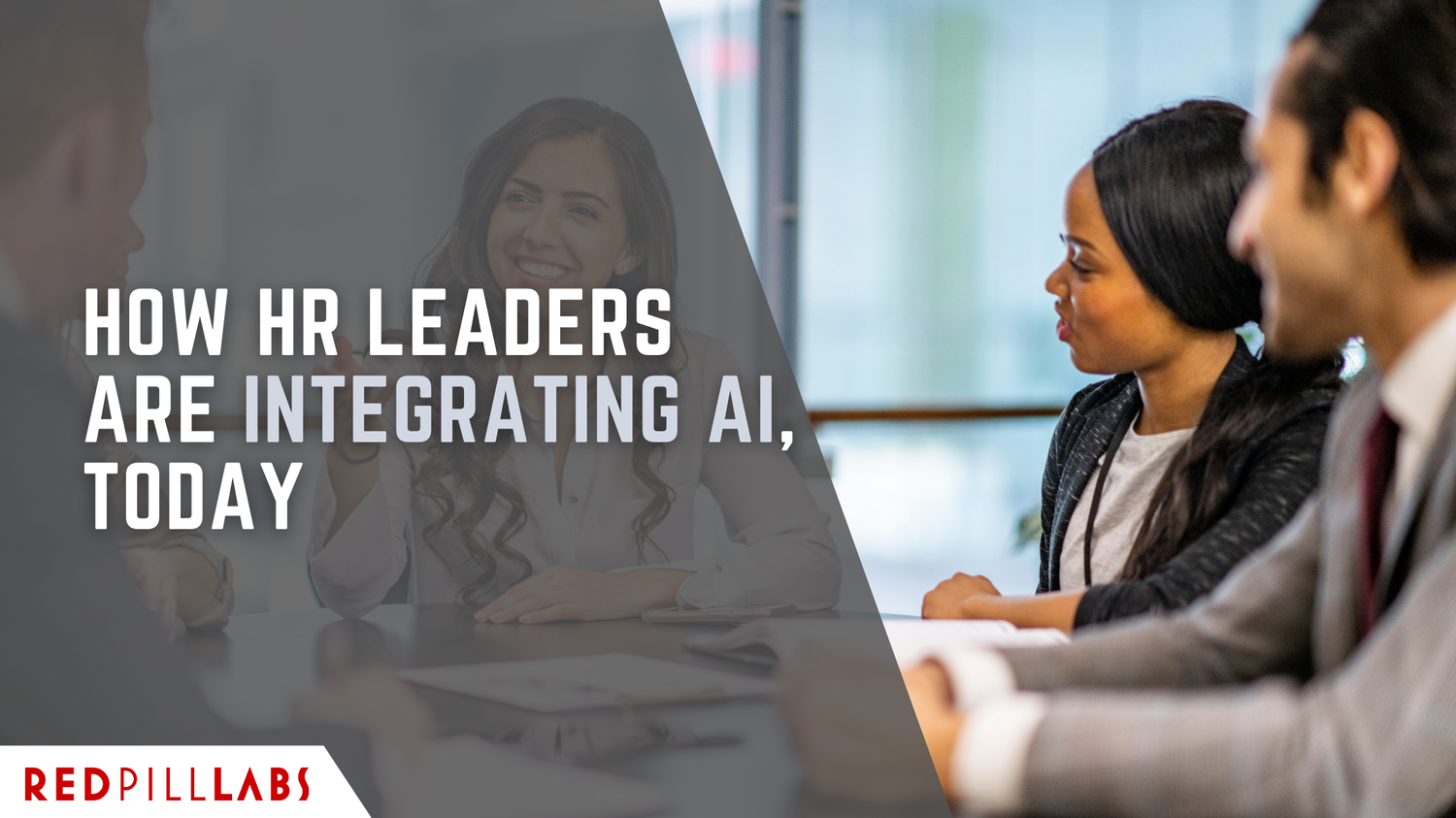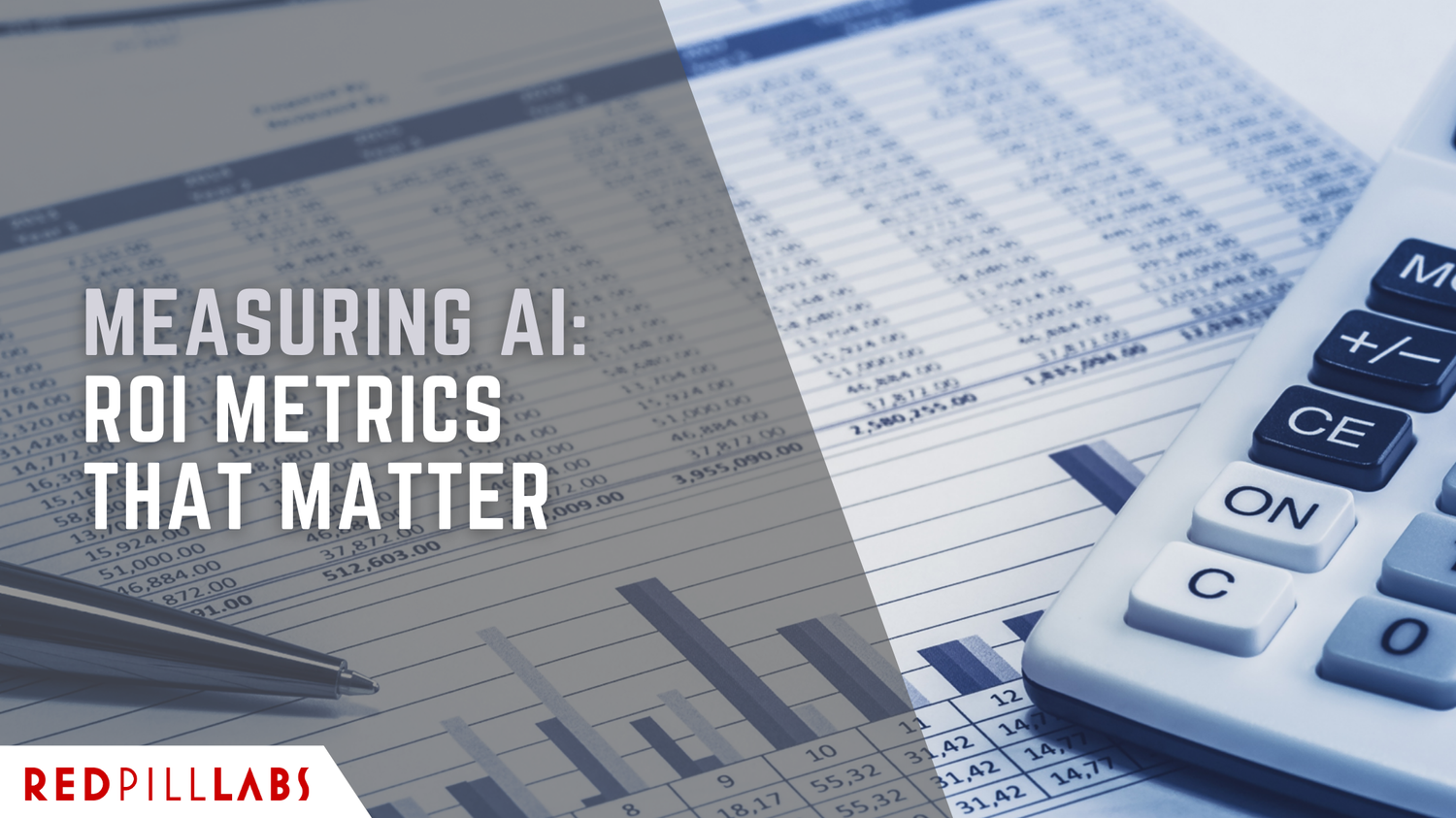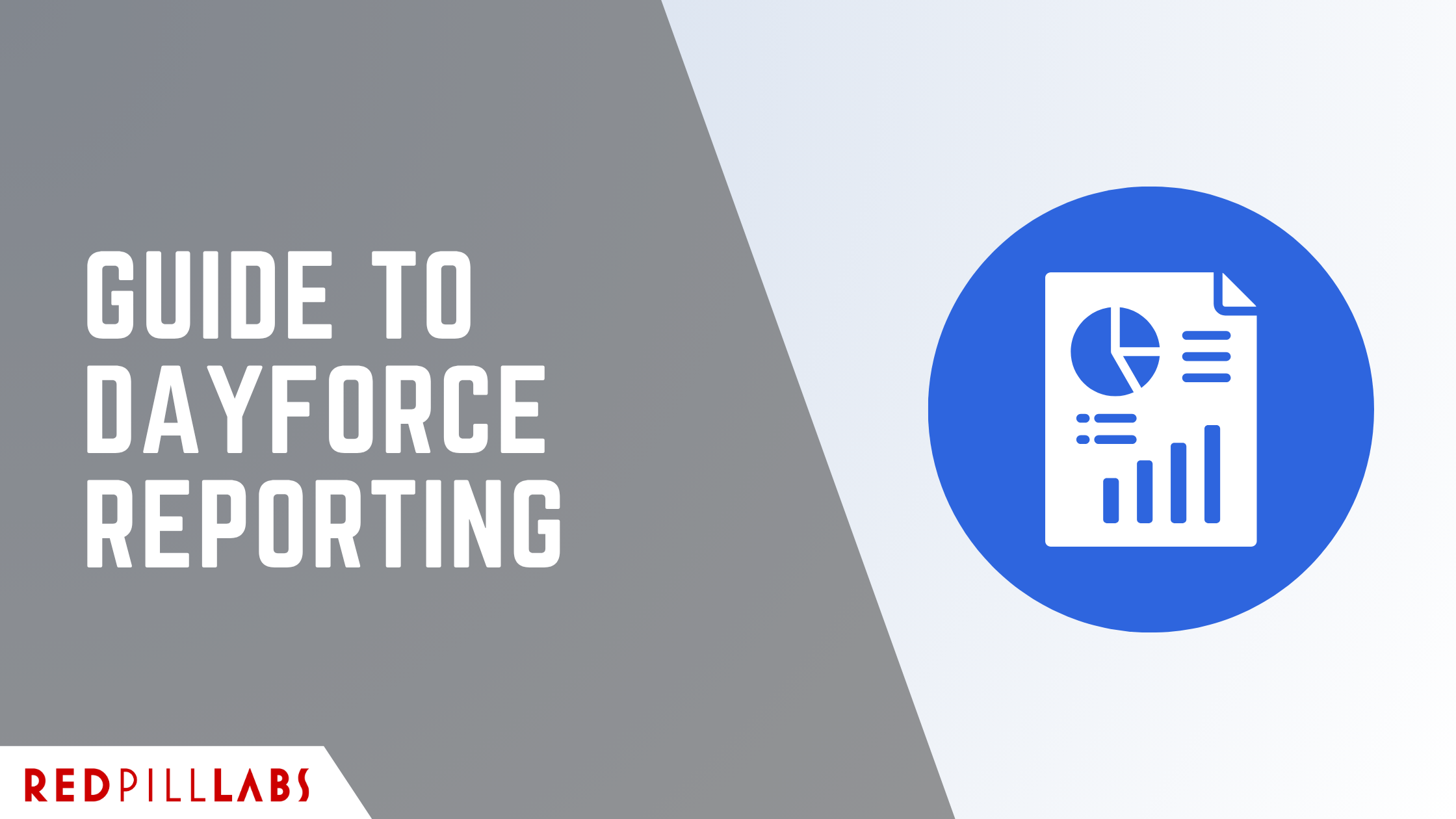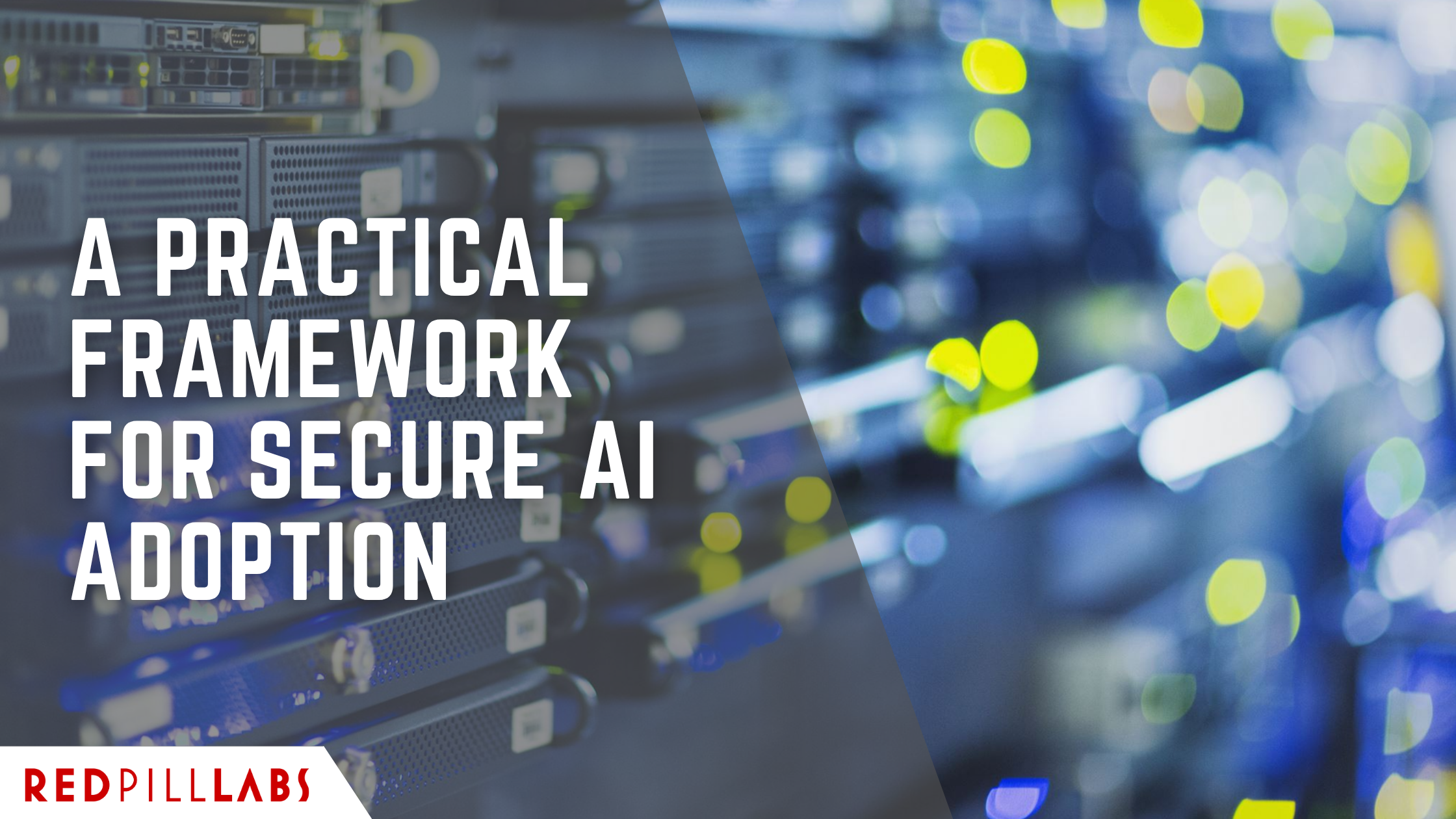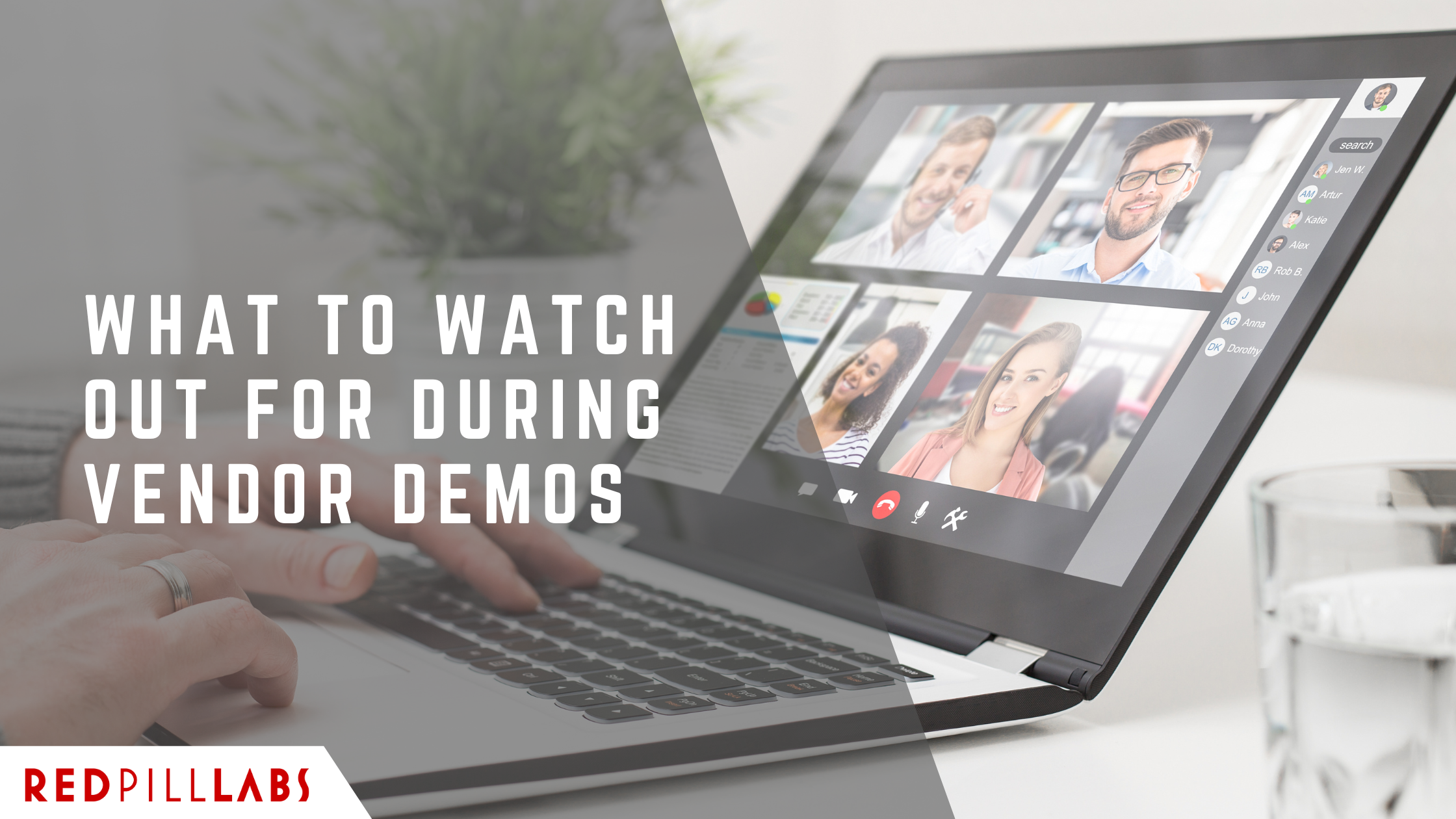Maximizing Your Business Potential with AI: A Non-Techie's Guide to Success
As technology continues to rapidly advance, the use of Artificial Intelligence (AI) is becoming increasingly popular in the business world as now we’ve seen companies leveraging AI to streamline operations, boost efficiency, and ultimately, increase profitability. However, for those who are not tech-savvy, the idea of integrating AI into their business may seem daunting. Fortunately, with a little guidance, anyone can use AI to their advantage. In this article, we'll explore how to start to maximize your business potential with AI, even if you're not a technology expert.
1. Start Small
It's easy to get overwhelmed by the vast number of AI tools and platforms available, but you don't have to implement them all at once. Instead, you should start by identifying a specific area of your business where you think AI could be beneficial. Many companies in the retail industry have been considering implementing AI tools for inventory management and customer service. For example, our organization partnered with Kama.AI to provide a customer service chatbot, which will improve, once fully set up, our customer service while reducing the workload on our support team. So, once you've identified an area of focus, research the various AI tools available and choose one that aligns with your specific needs.
2. Understand the Data
AI is only as good as the data it receives. Therefore, it's important to have a good understanding of your business data before implementing AI. This includes knowing what data you have, where it's stored, and how it's structured. You may need to clean and organize your data before feeding it into an AI tool. Additionally, you'll need to ensure that your data is accurate and unbiased to avoid any potential bias that companies like Amazon faced when they developed a recruitment tool that used AI to sort through resumes and find the most suitable candidates. The tool was biased against women because most resumes in its database were from men. This bias was a result of the data used to train the AI tool, which was not diverse enough. As a result, Amazon had to abandon the tool and start over with a more diverse dataset.

3. Collaborate with Experts
While you don't need to be a tech expert to implement AI in your business, it can be helpful to collaborate with experts in the field. Consider partnering with an AI advisor, like Red Pill Labs, or hire an in-house AI expert. These professionals can help you identify areas where AI can be beneficial and guide you through the implementation process.

Collaboration is important within an organization, and especially when you’re unsure of the best practices or use cases, working with others who are actively staying on top of the latest AI technology will allow you to utilize AI in the best ways possible.
4. Monitor and Refine
Once you've implemented AI in your business, it's important to monitor its performance and refine it as necessary. AI is not a set-it-and-forget-it solution; it requires ongoing maintenance and adjustments to ensure optimal performance. Be sure to regularly review your data and AI outputs to ensure they are meeting your business goals. Also, stay up to date on the latest AI trends and advancements to ensure you're using the most effective tools for your business.

According to a 2021 study from Snap Logic, 61% of employees said that AI helps them be more productive during the work day.
In conclusion, integrating AI into your business can seem daunting, but with the right approach, it can be a powerful tool for boosting efficiency and profitability. After this read, we hope you can now maximize your business potential with AI, even if you're not a tech expert.
Technology transformations are high-stakes initiatives, yet over 60% of software implementations fail. Red Pill Labs' PMO in a Box methodology delivers expert project management, governance frameworks, and execution discipline to transform complex technology projects into predictable successes.
As the 2025 U.S. tax bill reshapes payroll compliance, many organizations are realizing that even small configuration gaps can cause big downstream errors. From reconfiguring tax-withholding logic and overtime exclusions to verifying complex pay-code eligibility across tipped and multi-state employees, every adjustment matters. Staying compliant — and audit-ready — will depend on how effectively your Dayforce setup adapts to these new federal changes.
When workflows start breaking down, it’s easy to blame the system. Yet replacing software too quickly can lead to unnecessary disruption and cost. The harder — and smarter — question to ask is whether the issue lies in the platform itself or in the processes and setup surrounding it.
This guide breaks down the essentials of Dayforce entitlements—what they are, how they work, and the best practices to keep your organization running smoothly. Whether you’re setting up Dayforce for the first time or looking to fine-tune existing policies, you’ll walk away with a clearer roadmap for making entitlements work for both your business and your people.
Artificial Intelligence (AI) is transforming Human Resource Management (HRM) and HR Information Systems (HRIS). From smarter recruitment tools to predictive analytics for employee retention, AI is no longer a “nice-to-have” — it’s becoming a core capability in modern HR platforms. But the true value of AI depends on more than just algorithms. Success requires HR leaders to choose the right HR software, ensure strong data management practices, and prepare their organizations for AI adoption. Companies that prioritize sound HRIS foundations and AI readiness today will be the ones able to deliver more personalized employee experiences, stronger talent strategies, and better business outcomes tomorrow.
Just about every business leader or decision maker is feeling pressure to automate processes by implementing AI tools, but how can you know if its worth it? With our AI ROI Framework, we help highlight metrics that matter, and how to approach ROI when it comes to AI Adoption. While AI projects offer significant future benefits, some of them can be hard to quantify today. It is important to ensure that tangible, realized ROI is tracked alongside future benefits.
Check in with our Project Management Office to learn about the most common AI Integration Pitfalls in Finance. Between buying into hype, neglecting governance, misunderstanding ROI, mismanaged projects and lacking change management - Red Pill Labs wants to help highlight mistakes you shouldn’t have to make.
All the marketing fluff around AI capabilities can get confusing. Cut through the hype with our simple frameworks for understanding 5 AI maturity levels, and key components for grounding AI selection & assessment. Make better selection decisions by truly understanding the products being pitched to you.
ChatGPT users recently discovered that their shared chats had been publicly searchable on google. While this privacy “breach” was recently patched as of august 2025, it highlights the data handling policies of AI tools such as ChatGPT, often putting privacy last.
Struggling to get the reports you need out of Dayforce? Whether you're trying to pull simple data or build powerful custom analytics, this guide breaks down exactly what types of reports are available—and how to use them effectively. Plus, learn when it's time to call in expert support for more complex reporting needs.
Generative AI is unlocking massive productivity gains—but it's also quietly exposing sensitive business data. From customer records to proprietary code, organizations are leaking information through everyday prompts without even realizing it. This guide breaks down a practical, four-pillar framework for business leaders to adopt AI securely, mitigate shadow AI risks, and build employee trust.
When it comes to vendor demos, what you see isn’t always what you get. Too often, businesses are swayed by polished presentations that hide real-world challenges. Before you sign on the dotted line, here’s what you really need to watch out for.
HR technology is transforming faster than ever, and scalability is now a must-have. This article breaks down six key trends shaping HCM and HRIS in 2025 — from cloud-first platforms to global readiness. See how forward-thinking organizations are modernizing their systems to stay ahead.
Digital transformation is on every executive’s agenda — but too many overlook the foundational role ERP plays in making it succeed. Without modern, integrated systems, even the most ambitious digital strategies will struggle to deliver real results. In this article, we explore why ERP and digital transformation must go hand‑in‑hand, and how aligning them can unlock the full potential of your business.
Chasing the lowest bid might seem like a smart move—but in software projects, it can lead to costly surprises. In this article, we break down the hidden risks of low-cost proposals and why they often fall short. Learn how a strategic, unbiased partner can protect your investment and set your project up for long-term success.
Dayforce Co-Pilot is evolving — not just with new features, but with a shift in how users interact with the platform. These updates aim to reduce manual work, provide real-time guidance, and make everyday tasks feel less like troubleshooting. In this article, we break down what’s changing, what it actually means for users, and where the improvements will be most noticeable.
A stagnant IT strategy can quietly erode your competitive edge until disruption becomes unavoidable. This article outlines key warning signs that it’s time to reassess — from outdated tech and employee workarounds to growing security and data challenges. Stay ahead of market forces by proactively evolving your systems to support agility, innovation, and growth.
Many companies approach the build vs. buy decision with good intentions—but flawed logic.
From underestimating long-term costs to overlooking strategic fit, the wrong choice can derail even the best projects.
This article offers a clear framework to help teams make smarter, strategy-aligned technology decisions from the start.
Retention is no longer about perks — it’s about purpose, growth, and leadership. Discover five practical, research-backed strategies for engaging and retaining your best employees in 2025 and beyond. From feedback culture to flexible work that actually works, these strategies help you build teams that stay and succeed.
AI is reshaping HR, but not without serious risks—from algorithmic bias to lawsuits over discriminatory hiring practices. As legal scrutiny intensifies, companies using AI in recruitment face growing pressure to ensure fairness, transparency, and compliance. Discover what recent lawsuits and global regulations mean for your HR strategy—and how to protect your organization.
Maintaining your Dayforce environment isn’t just about keeping the lights on—it’s about making sure your system evolves with your business. From smarter permissions to better data hygiene and continuous training, small changes can lead to major gains. These 6 tips will help you avoid costly mistakes, streamline operations, and get the most out of your investment.
Unlocking the full power of Dayforce People Analytics isn't just about running reports—it's about making smarter, faster business decisions. When properly configured and embedded into daily operations, it gives leaders real-time visibility into workforce trends, risks, and opportunities. In this guide, we’ll show you how to use Dayforce People Analytics to move from passive data collection to active, strategic decision-making.
ERP failures don’t just happen because of bad software—they happen when strategy, user adoption, and governance are treated as afterthoughts. In this third installment, we break down three more high-profile ERP projects that went off the rails—Avon, MillerCoors, and the U.S. Navy—and explore what went wrong, what it cost them, and what businesses can learn from their mistakes.
Explore six practical ways to leverage Dayforce Integration Studio to streamline operations, reduce manual tasks, and improve data accuracy across systems. Discover how organizations use these capabilities to enhance efficiency and build smarter, more connected workflows.
Big changes are coming to hiring practices in Ontario. Starting January 1, 2026, employers with 25 or more employees will need to follow new rules around salary disclosure, AI use, and job posting transparency. These updates aim to reduce bias, improve clarity, and create a fairer playing field for job seekers. But for businesses, they also bring new obligations—and a tight timeline to get compliant.
Agentic AI is reshaping how work gets done. This article explores five real business use cases—from knowledge roles and customer support to R&D—and breaks down the strategic benefits and operational risks leaders need to understand.







